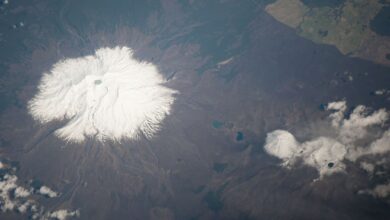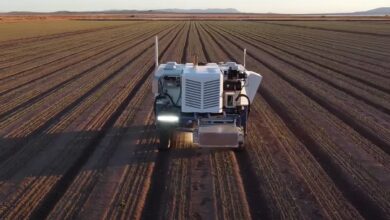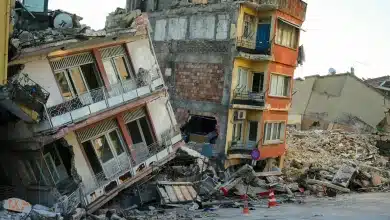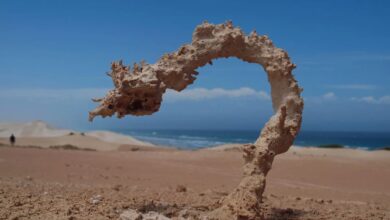Stretching like a hidden necklace from the equatorial Atlantic down toward Antarctica, a string of volcanic islands offers a geography written in fire, ice, and extraordinary biodiversity. These wild, lesser-known lands, born of cataclysmic volcanic eruption, carry stories of evolution, survival, and ecological wonder that few have witnessed. Wild Unseen Islands.
Surtsey Island, Iceland – Newborn Island
Surtsey is one of the most fascinating stories. It emerged from the ocean off Iceland in the 1960s. It is one of the youngest on Earth and has become a laboratory for natural colonisation. Scientists have been closely watching it. Birds like black guillemots and northern fulmars began nesting three years after the island was formed. By 2009, golden plovers joined them, proving nature’s ability to claim new land.
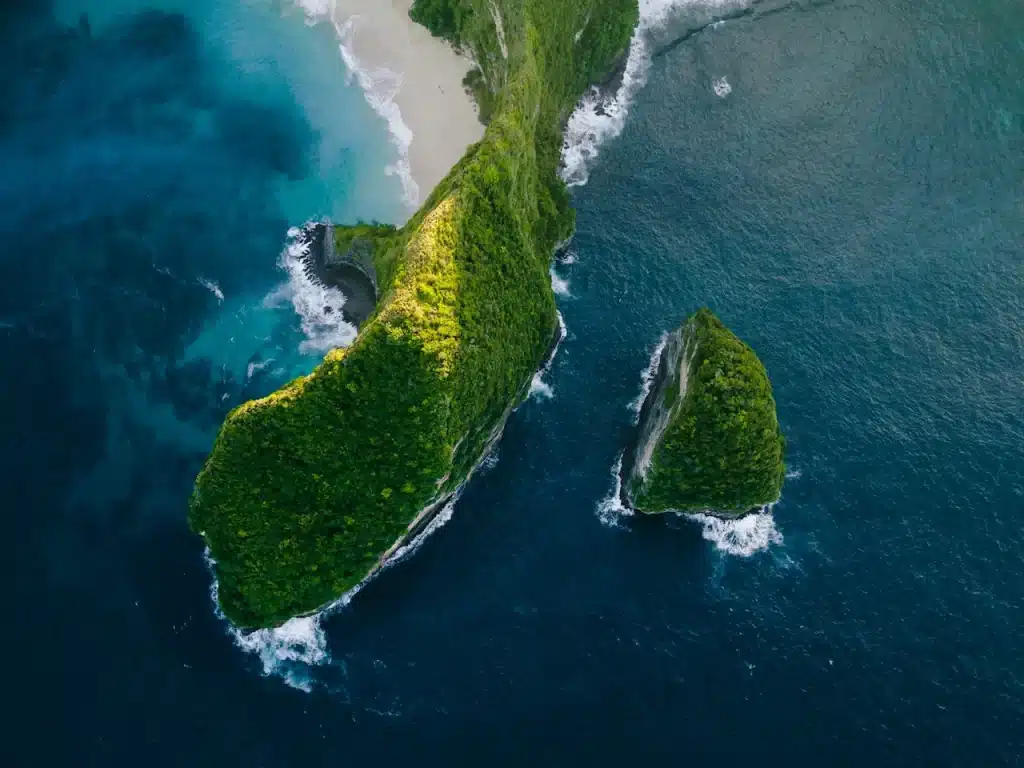
Kerguelen Islands: The Microbial Marvel
The largest volcanic island complex in the world, the Kerguelen archipelago, is located halfway across the Southern Ocean. Geothermal springs erupt from the ground, creating unique, hot-mineral rich habitats. The islands are home to microbial communities–from Proteobacteria to Thaumarchaeota thriving in extreme temperature and pH conditions, offering rare insight into life’s resilience in isolation
Subantarctic Riches: The Wild Unseen Islands
New Zealand Subantarctic Isle Clusters
Snares Island, Auckland Island, Campbell, Bounty and Antipodes Islands have been designated a UNESCO World Heritage Site, not only because of their spectacular beauty, but also their exceptional biodiversity. Insects are adapted to flightless forms, and plant megaherbs such as Pleurophyllum or Stilbocarpa can thrive in low light and harsh winds.
Auckland Island’s wild pigs, descendants of the livestock used by early sailors, are now valuable specimens for medical xenotransplantation.
Unbroken Abundance
The islands are teeming with wildlife. The islands are home to a large number of seabirds, including albatrosses, endemic parakeets and nearly the entire population of New Zealand’s sea lions.
Icy Giants Of The South Atlantic
Zavodovski Island & Montagu Island
Zavodovski Island, located in the South Sandwich Islands, is a smoking volcano crowned by Mount Curry. It’s home to an amazing penguin population – over a million pairs of chinstraps. Nearby Montagu Island has volcanic activity and is covered in ice. Its eruptive past even created a brand new lava delta.
Inaccessible Island & Tristan da Cunha
Inaccessible Island is even more isolated. Its name warns of its rugged isolation. Inaccessible Island Rail, the world’s smallest bird without wings, lives in this volcanic wilderness. The Inaccessible Island Rail, along with Tristan da Cunha and Gough, form an important World Heritage Archipelago. They shelter diverse seabirds, albatross, and other species, and are protected by one of he largest marine reserves in the world.
But fragility is a constant under the surface. The size of invasive house mice, introduced long ago, has ballooned and poses a serious threat to native bird species. Conservation efforts have been launched to restore ecological balance.
Ice and Fire: Secrets of the Ancients
Deception Island, Antarctica’s Volcanic Harbour
Deception Island is a volcanic caldera that appears to be a calm bay in Antarctica’s South Shetland Islands. However, it is one of only a few places on Earth from which ships can enter a volcanic crater. Although it was once home to Antarctic whaling and research stations, the infrastructure was damaged by eruptions in the late 1960s. It’s now a summer retreat for brave travellers and researchers.
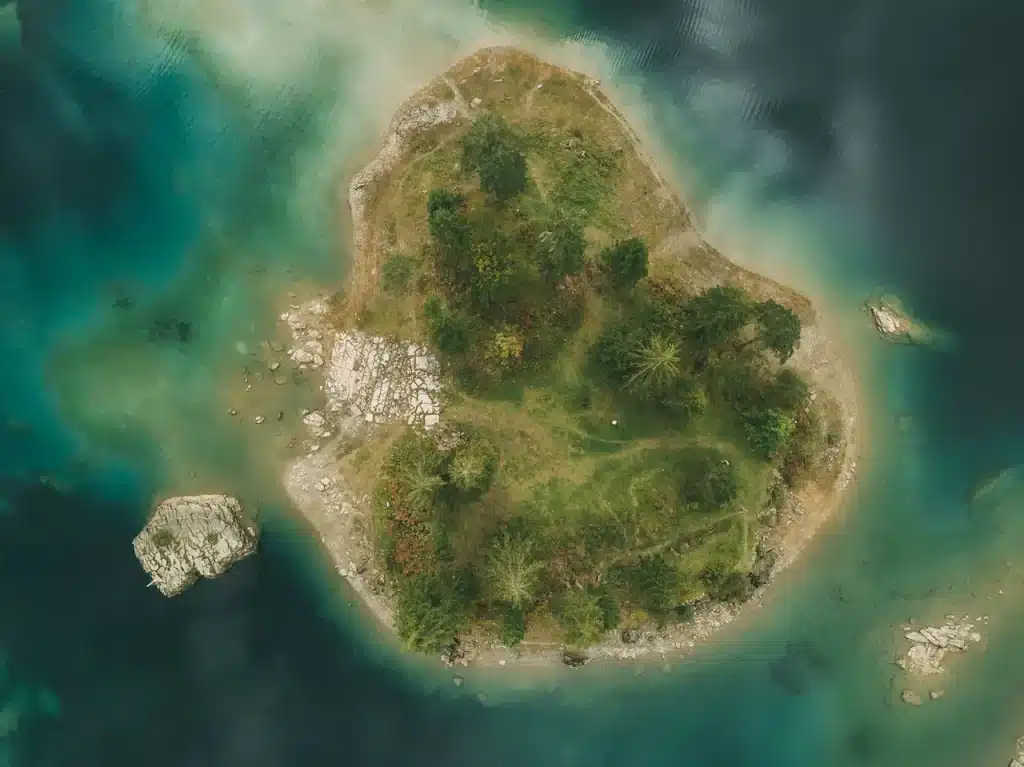
Danger Islands – A Penguin Supercolony
A supercolony hidden on the Danger Islands of 1,5 million Adelie Penguins has been discovered. This discovery captured the attention of people around the world. Satellite images revealed the presence of guano staining, and further investigation confirmed large nests. This discovery highlights the importance of conserving remote ecosystems in an age of climate change.
Heard Island – Nature’s Vortex Art
The von Karman vortices are eerie, dark, rotating voids that can be seen in satellite images on Heard Island. The island, which was once on the brink of ecological collapse, has seen a resurgence in seals, seabirds and penguins. However, plastic consumption remains a danger.
Why these Islands matter
- Evolution of Isolation
Isolation of volcanic islands has led to evolutionary marvels, from disease-free pigs and unique bird species to megaherbs. - Climate Sentinels
Landscapes created by volcanic births and glacial interaction tell Earth’s climate stories of the past and future. - Conservation Frontiers
Invasive species can threaten wildlife on remote islands. Rodent eradications in Marion and Gough islands are important preservation efforts - Human Cautionary Tales
The abandoned whaling stations and Deception Island remind us of the dangers of the exploitation of nature, as well as the resilience in recovery.
Final Thoughts
These islands, from equatorial volcanoes to ice-bound Antarctic refuges, capture the raw essence of Earth – untamed, fragile and amazingly diverse. These islands remind us of geology’s power, the quirky creativity of evolution, and the urgency of protecting these rare sanctuaries.
The volcanic sentinels scattered across the vast oceans ask us to not only marvel but also to act, preserve and, above all else, remember that there are still wild stories to tell on our planet.
